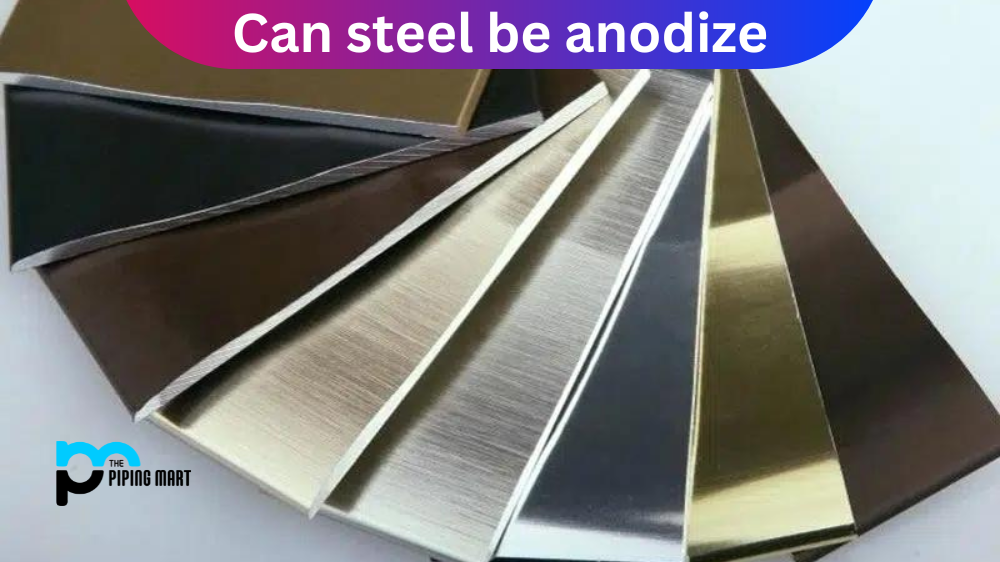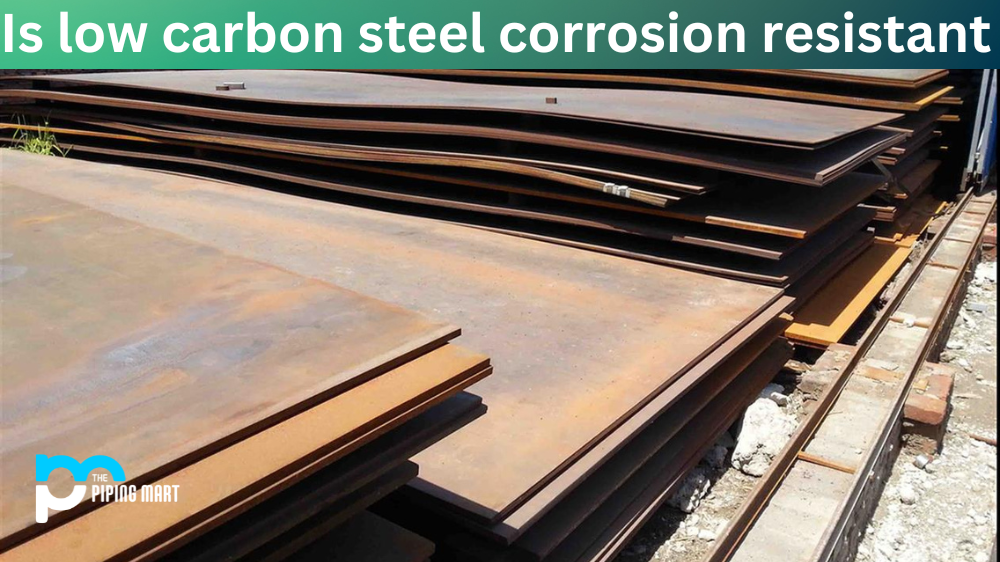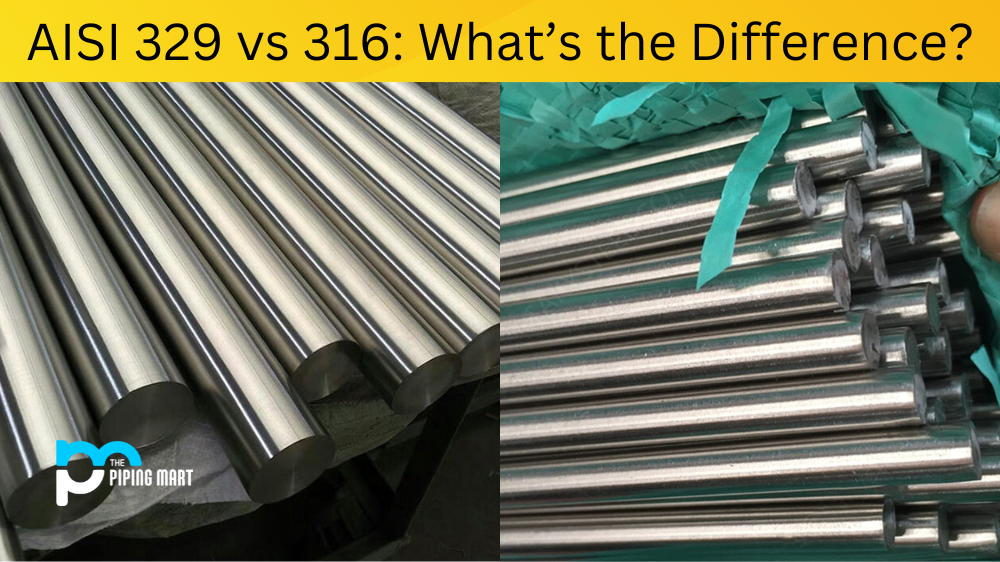Anodizing steel is a process that can help protect the metal from corrosion and wear while also providing a unique aesthetic look. In this article, we’ll cover the basics of anodizing steel and what makes it such a beneficial process for metal surfaces.
What is Anodizing?
Anodizing is a procedure that helps increase the resistance and durability of certain metals, like steel, aluminum, titanium and magnesium. It works by creating an oxide layer on the surface of the metal, which acts as an additional protective layer against corrosion or scratching. The process involves passing an electrical current through the metal in an electrolyte solution. This causes chemical reactions between the metal and other elements in the solution, which then form a protective oxide coating on the surface of the metal.
Anodizing Steel vs Aluminum
One of the biggest differences between anodizing steel and aluminium is that aluminium has higher electrical conductivity than steel does. This means that when you pass electrical current through aluminum for anodization purposes, it will create more uniform oxide layers than if you were to do so with steel. As a result, aluminum can be easily coloured when subjected to anodic oxidation—which means it’s possible to create aesthetically pleasing colours on its surface. On the other hand, colouring on steel requires special treatments (like powder coating) after it has been anodized in order to achieve vibrant colours.
Benefits of Anodizing Steel
Anodizing steel provides numerous benefits for its users, including improved durability and wear resistance due to the extra oxide layer created during the process. It also helps prevent corrosion due to exposure to moisture or chemicals because of this layer, as well as increased electrical insulation properties since there are no bare metal surfaces exposed anymore. Additionally, it can provide better adhesion properties for coatings like paint or powder coatings due to its increased porosity—which allows these coatings to better stick to their surface compared to unanodized metals.
Conclusion:
All in all, anodizing steel is a great way to increase its durability and longevity while also protecting it from corrosion or scratches caused by exposure to different elements like moisture or chemicals in everyday life. However, keep in mind that if you want your steel piece colored after it’s been anodized, then you may need special treatments (such as powder coating) in order for this type of effect – otherwise, you won’t get any colour changes from just passing electricity through it alone as you would with aluminium! Thanks for reading about why it’s beneficial for your business or home project needs!

Abhishek is a seasoned blogger and industry expert, sharing his insights and knowledge on various topics. With his research, Abhishek offers valuable insights and tips for professionals and enthusiasts. Follow him for expert advice on the latest trends and developments in the metal industry.




